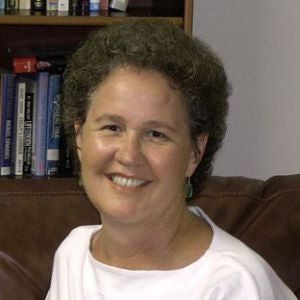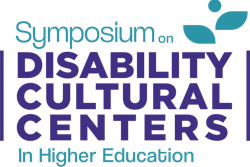As part of its “Public School Transformation Now!” campaign, which aims to improve equity and access within K-12 public schools, the National School Boards Association (NSBA) hosted a virtual webinar to bring equity issues front and center.
During a time of racial reckoning and as COVID-19 exacerbates existing inequalities in education, national education leaders looked at ways to transform and reinvent the public school system to better serve its students, participants said.
“We are at another new frontier in education,” said Roberto J. Rodríguez, president and CEO of Teach Plus. “We have a choice to make around how we build a new course for strong public education across our country or whether we stay stagnant in the moment that we are in.”
As part of reinventing the school system, Dr. Linda Darling-Hammond, president and CEO of the Learning Policy Institute and a prominent education researcher, laid out 10 key frameworks that should be employed by school leaders. These include:
1. Closing the digital divide.
2. Strengthening distance and blended learning.
3. Assessing what students need.
4. Ensuring supports for social and emotional learning.
5. Redesigning schools for stronger relationships.
6. Emphasizing authentic, culturally responsive learning.
7. Providing expanded learning time.
8. Establishing community schools and wraparound supports.
9. Preparing educators for reinventing schools.
10. Leveraging more adequate and equitable school funding.
 Dr. Linda Darling-Hammond
Dr. Linda Darling-Hammond“This is the moment that all of these things are going on,” said Darling-Hammond, who is also the Charles E. Ducommun Professor of Education Emeritus at Stanford University. “There are great examples across the country, people are inventing solutions to longstanding problems and we are sharing them with one another. That is how humanity moves forward in times of great stress that also produce these times of great progress.”
Rodríguez emphasized that schools should be more intentional about equity as the approach has been “limiting.” In the past, equity has been looked at through data, achievement gaps and dropout rates. However, he said there must be a transition from “standards-based reform to learner center design.”
“That means we would be thinking about how to design the classroom experience, design our assessment systems and design opportunities for hands-on learning that engage students, that meet them where they are, that recognize them as assets,” he added. “When we talk about equity, we cannot get it unless students are learning in buildings and learning with adults that see them for who they are and affirm their identity.”
For students to feel accepted and seen, leaders discussed implementing cultural competence and anti-bias initiatives into the classroom as well as diversifying the workforce.
Students of color make up half of the public school education system’s population. However, people of color represent less than 18% of public school teachers, according to Rodríguez.
“We have done some research at Teach Plus that the school’s culture and climate matters greatly in terms of retaining our diverse teachers,” he said. “They want to be seen and recognized for who they are. They want opportunities to lead and to receive professional development and grow their practice with the same opportunities that are afforded to their peers. There is a lot of work there that we need to do.”
That work, he added, begins with “marshalling the will of policymakers” to provide resources to states, superintendents and local districts.
Another issue facing the education sector are the ongoing teacher shortages.
Rodríguez reported that one-third fewer individuals are choosing to enter the teaching field than in the past. This stems from “broader challenges in the health of the teaching profession” such as compensation, preparation and high turnover rates.
 Roberto J. Rodríguez
Roberto J. Rodríguez“It is just like many other professions: in order to attract and keep our great teachers, we need to be sure we are empowering them to be successful with their students,” he said. “That really begins upstream.”
Another main discussion of the webinar was the impact of the pandemic on students with disabilities.
Social distancing, for example, created difficulties for students who required forms of physical or occupational therapy as well as other support while schools remained closed, according to Deborah Rigsby, director of federal legislation at NSBA.
“These areas and other concerns, we are continuing to confront and continuing to raise with the U.S. Department of Education,” she said, “to urge for flexibilities for our school districts in terms of being able to provide these accommodations, continue the additional supports that our special education students need now and also provide the additional funding that our school districts need as well.”
The Individuals with Disabilities Education Act (IDEA) was created to provide a free appropriate public education to children with disabilities, according to the U.S. Department of Education.
Currently, the student population for IDEA is 7.4 million for the upcoming school year. Current federal funding for the legislation is $13.9 billion, which equates to an average of $1,762 per student being educated under IDEA, Rigsby said.
“As many people would say, that is miniscule compared to what our school districts and communities provide to those students,” she added.
The “homework gap” or digital divide as well as the role of teachers during the pandemic were also discussed throughout the two-hour event. Some of the speakers also participated in a Twitter Q&A to keep the conversation going and to promote the campaign.
“Today was just the first step in what is going to be a focused campaign to help public schools transform so that access, equity and innovation are available for each child in every school across the nation,” said Chip Slaven, chief advocacy officer at NSBA. “This is the time for public school transformation, the future is here now.”
Sarah Wood can be reached at [email protected].





















